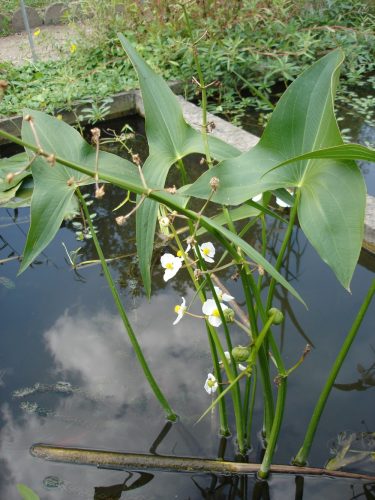
In the current issue of the Journal of Ethnobiology, Kendal Jackson and Dr. Thomas Pluckhahn (U. South Florida) and Trevor Duke at the Florida Museum report new data about the use of wetland plants at the village and ceremonial site of Crystal River (8CI1) in Citrus County. Jackson and coauthors recovered pollen and phytoliths representing plants that provided food and raw materials for people at Crystal River during the first millennium AD. They recovered the remains alongside microfauna from wetland environments, including freshwater sponges and shells. Typically, most parts of these plants do not preserve archaeologically, so the researchers’ method focusing on microscopic remains found in sediment cores was critical. This study emphasizes the importance of wetlands for the Indigenous people of Florida
Kendal Jackson, Thomas J. Pluckhahn, and C. Trevor Duke “Invisible Things Forgotten: A Multi-Proxy Study of Wetland Plant Use at a Precolumbian Village on the Gulf Coast of Florida,” Journal of Ethnobiology 40(4), 569-589, (18 December 2020). https://doi.org/10.2993/0278-0771-40.4.569
Article abstract:
Herbaceous wetland plant resources have been widely cultivated and utilized by Indigenous peoples throughout North America since at least the early Holocene. Archaeologists and ethnographers, along with traditional knowledge holders, have documented and reconstructed deep histories of interaction between human communities and coastal plants that provide dietary carbohydrates, medicinal compounds, and craft-fiber. On the Florida peninsula, as elsewhere, paleoethnobotanical researchers face challenging preservation conditions and, despite the ubiquity and vastness of coastal wetlands, the resident flora are conspicuously underrepresented in the archaeological record. In this study, we work toward the recognition of wetland plant use on the Gulf Coast of Florida by integrating analyses of archaeo-molluscan, microfaunal, and palynological assemblages from stratified shell-midden deposits at a village and civic-ceremonial center occupied across the first millennium AD. We identify four particular herbaceous wetland plants as likely subsistence, medicinal, and technological resources. In a brief discussion, we propose that coastal wetland flora likely played key roles within late-Holocene maritime resource intensification, civic- ceremonial aggregation, and village-coalescence.